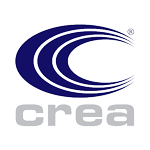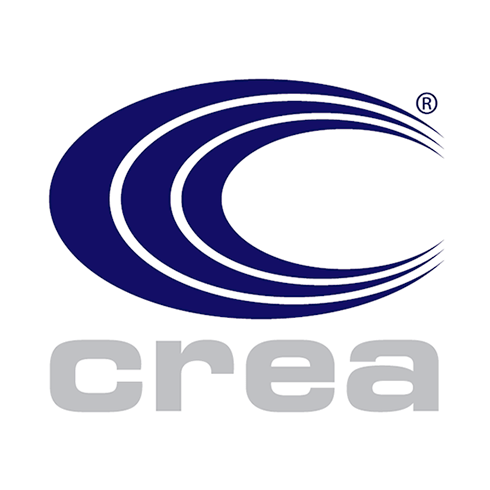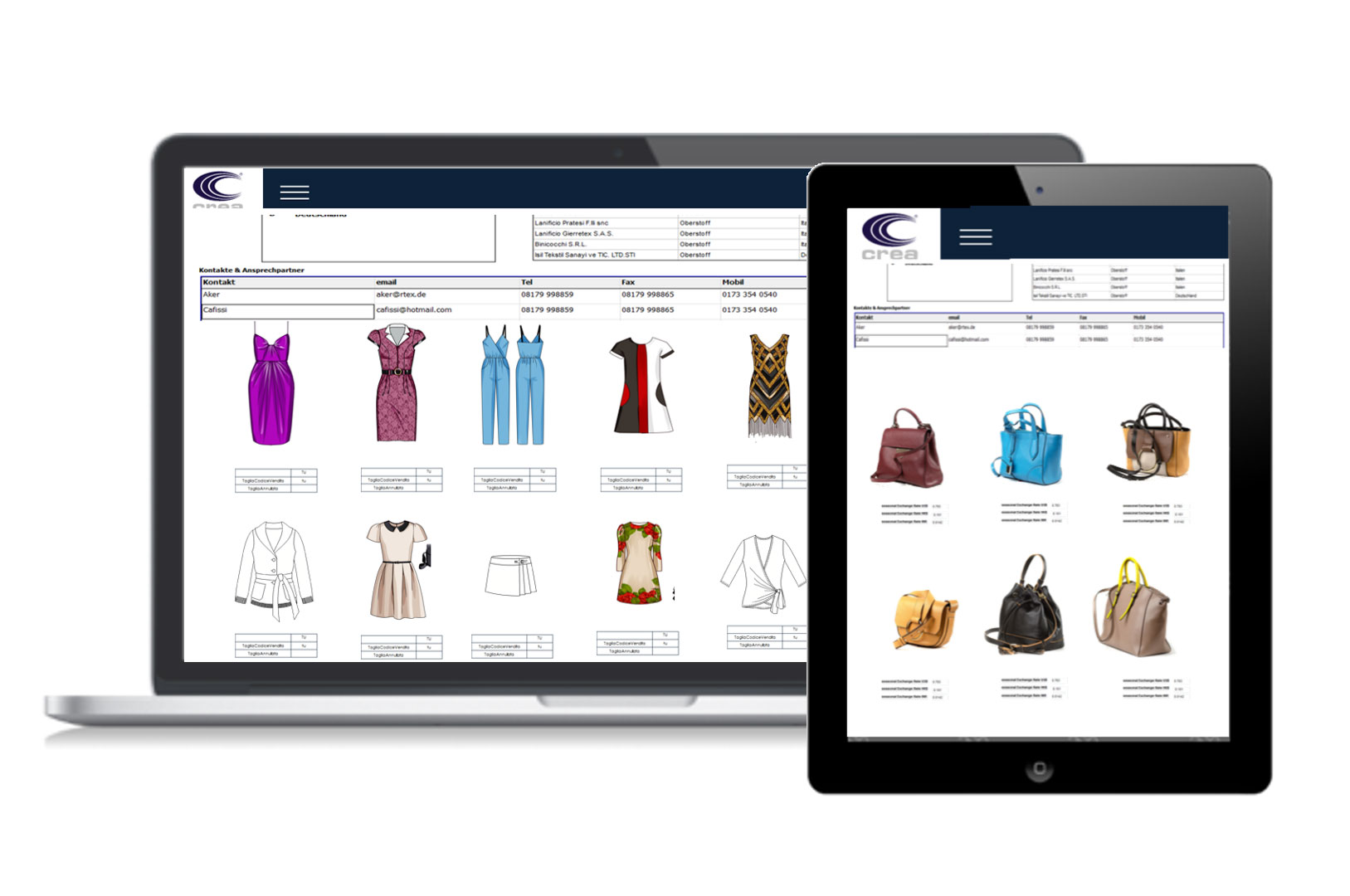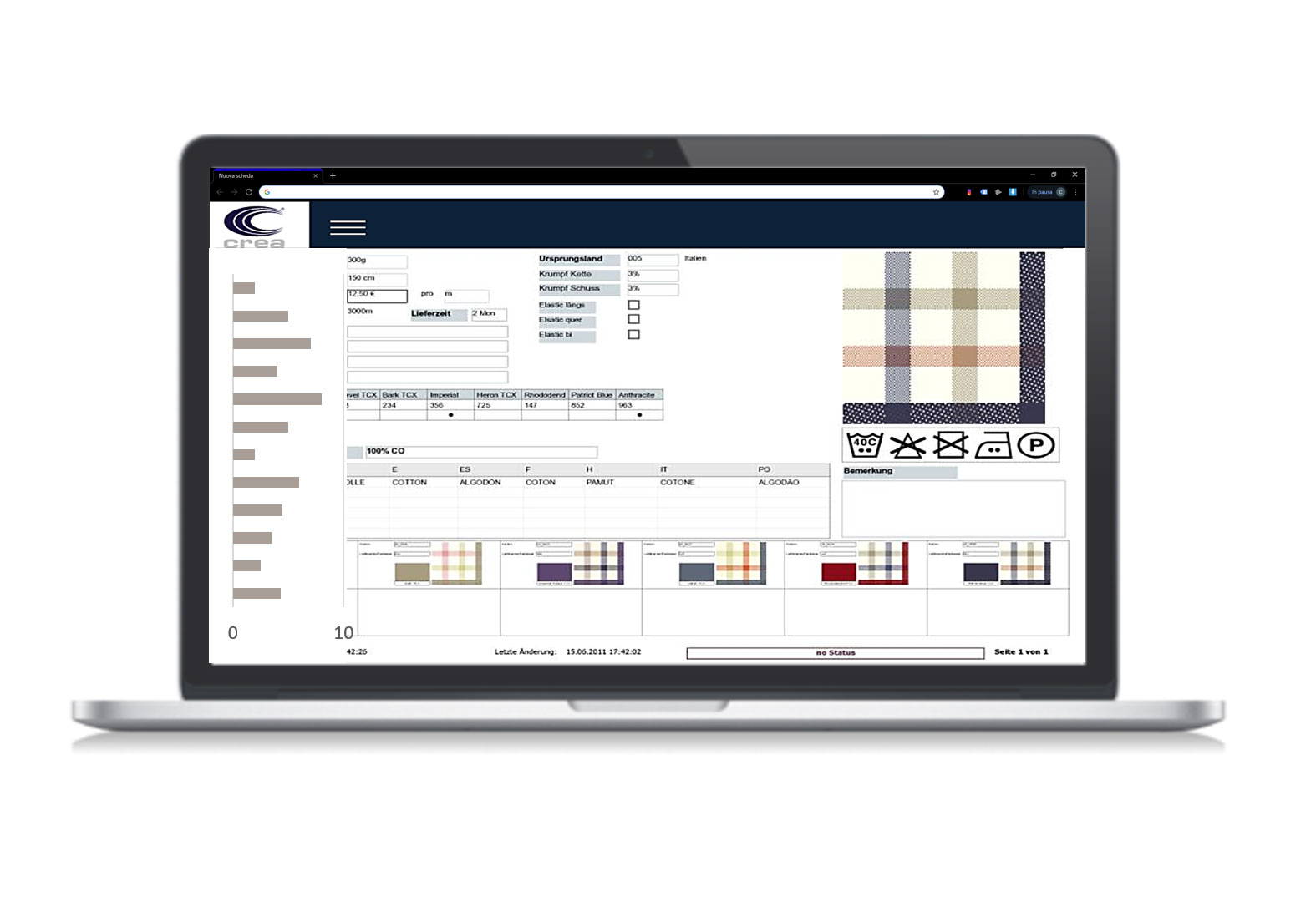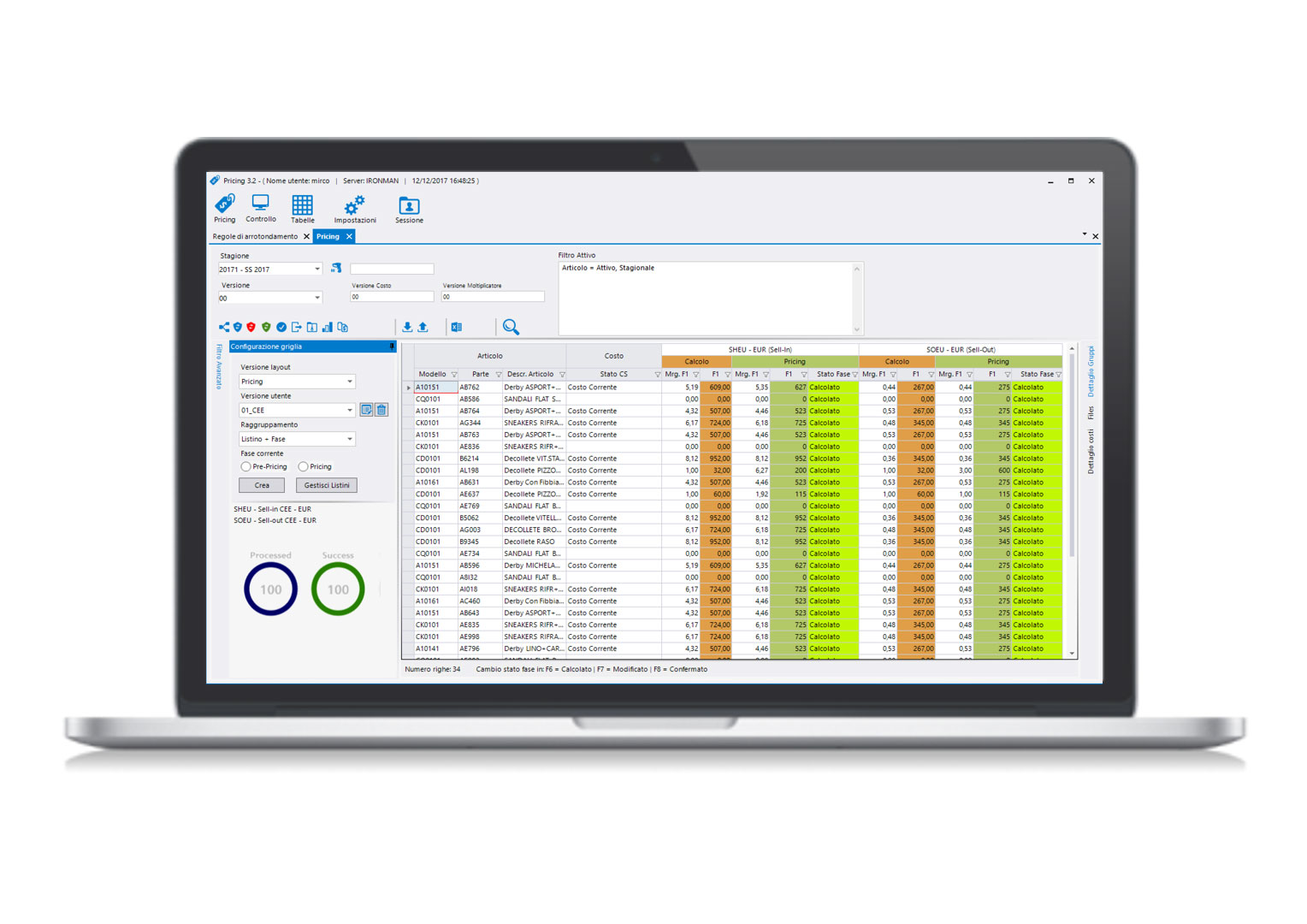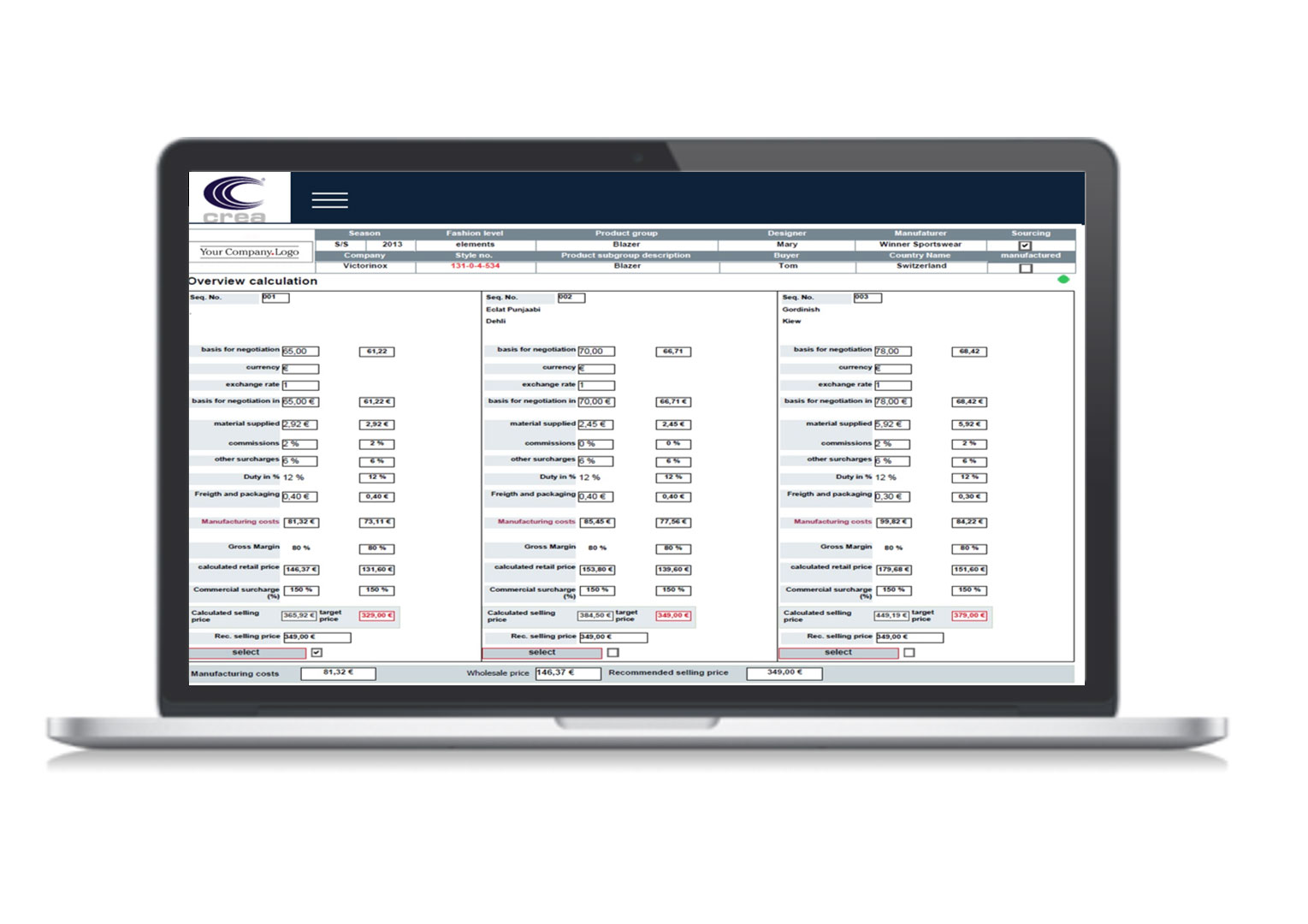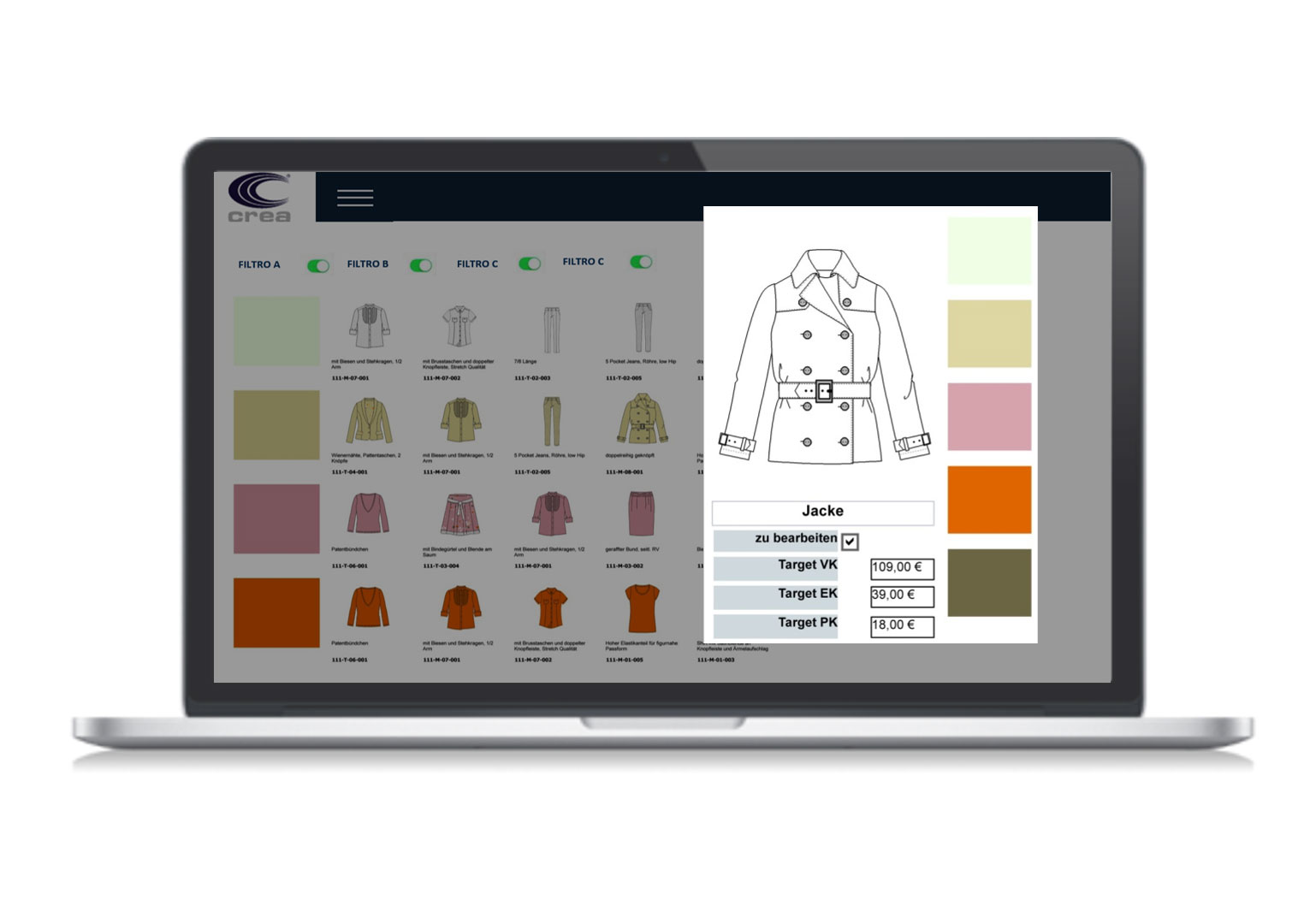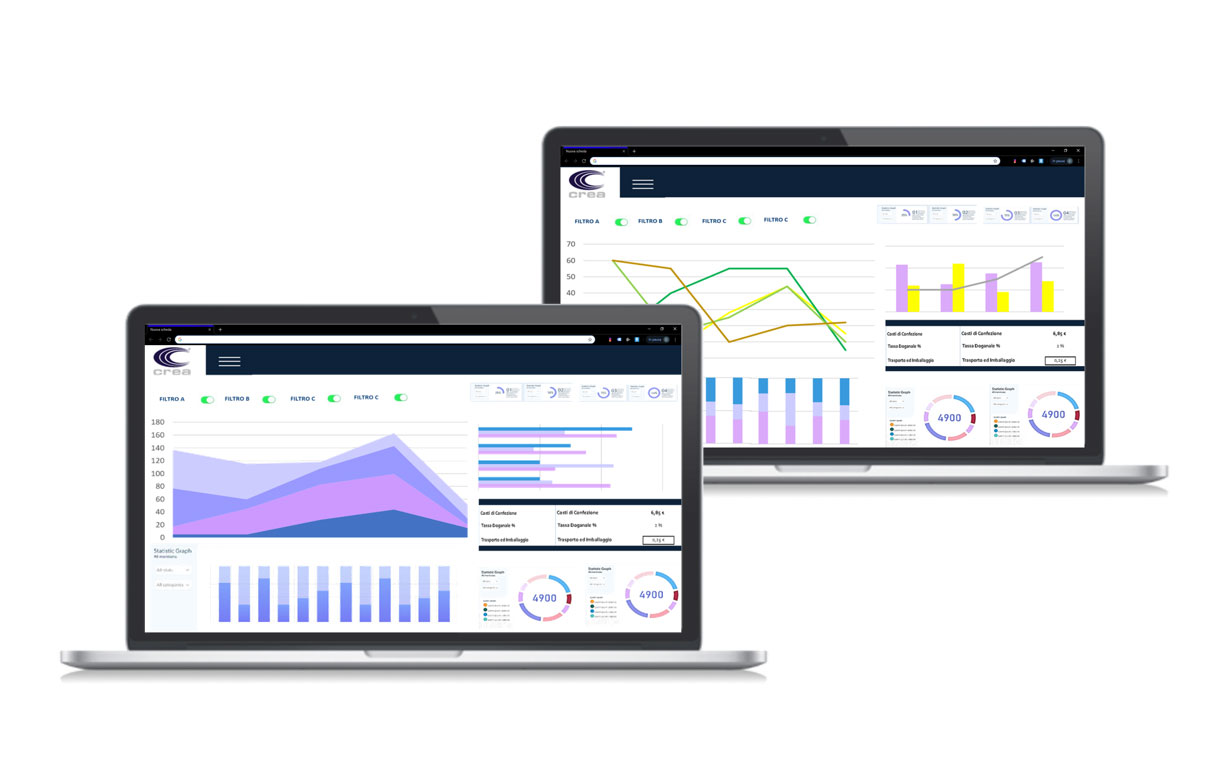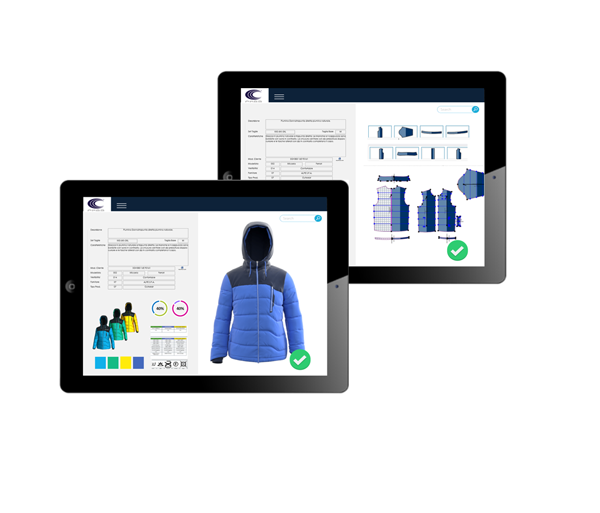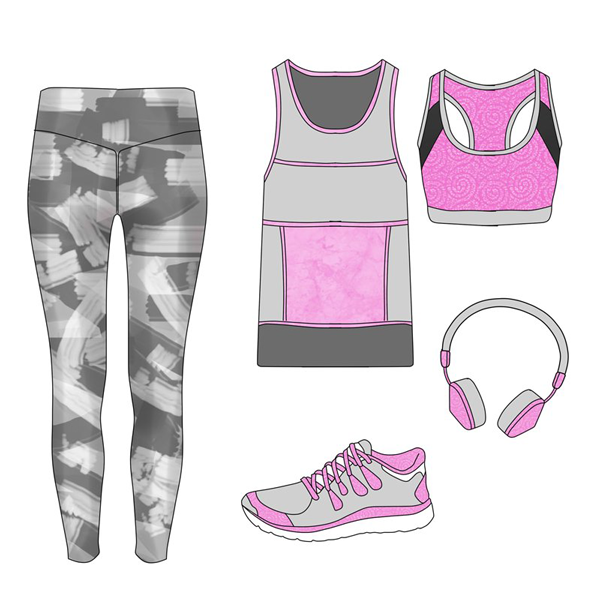Which PLM to Choose? Here Are the 5 Must-Haves of a PLM for Apparel
In the apparel industry, efficiency and innovation are key factors for staying competitive. Choosing the right PLM for apparel can make a big difference in improving workflows, reducing product development times, and optimizing costs. But how do you choose the right system? In this article, we will explore the 5 must-haves that every PLM for apparel should have to best support your business.
What is a PLM for Apparel and Why is It Important
A PLM for apparel (Product Lifecycle Management) is a software solution that helps businesses manage all stages of a product’s lifecycle, from design to production. This type of software is essential for fashion and apparel companies, as it centralizes product data, reduces errors, and accelerates development times.
The importance of a PLM lies in its ability to centralize all information related to the product, improving team collaboration and providing better control over quality, costs, and timelines.

5 Must-have of a PLM for Apparel
1. Integrated Product Data Management
The first must-have of a good PLM for apparel is the ability to centrally manage all product-related information. This includes technical specifications, materials, samples, tech sheets, and designs. A good PLM system should allow real-time access and editing of this information, ensuring that all team members are working with the most up-to-date data.
2. Collaboration Between Design and Production Teams
A PLM for apparel must facilitate collaboration between the different teams involved in creating a product, from design to production. This means it should enable smooth communication and real-time sharing of files and documents. If your PLM doesn’t support efficient collaboration, you risk compromising development timelines and product quality.
3. Integration with Other Business Software
For a company working in the apparel industry, it’s crucial that the PLM for apparel integrates easily with other business software, such as ERP (Enterprise Resource Planning) and CRM (Customer Relationship Management). This integration allows for a comprehensive view of the product lifecycle and optimizes resource management.
Find the perfect PLM for your apparel business! CLICK HERE to book a free consultation with our experts and discover the ideal solution for your needs.
4. Product Lifecycle Traceability
A good PLM for apparel allows you to track every stage of the product lifecycle, from ideation to distribution. This traceability not only helps you monitor progress, but it also ensures that each stage is accurately documented, reducing the risk of errors and inefficiencies.
5. Scalability and Customization
Finally, a good PLM for apparel should be scalable and customizable. The needs of a small business can be very different from those of a large enterprise, and a PLM must be able to adapt accordingly. The ability to add features or modify workflows to meet specific business needs is essential to ensure the system evolves with the company.

How to Choose the Right PLM for Your Business
Now that you know the main must-haves of a PLM for apparel, it’s important to understand how to choose the system best suited to your company. Carefully assess your needs, the size of your business, and the type of product you develop. A good PLM will help streamline processes and deliver better results over the long term.
Choosing a PLM for apparel is not a decision to be taken lightly. It is essential to opt for a solution that can support your business processes and grow with your company. With the right tools, you can improve the management of your products’ lifecycle and gain a significant competitive edge in the market.
Don’t wait any longer! CLICK HERE to contact us today for a free demo of our PLM for apparel and see how it can transform your business.
